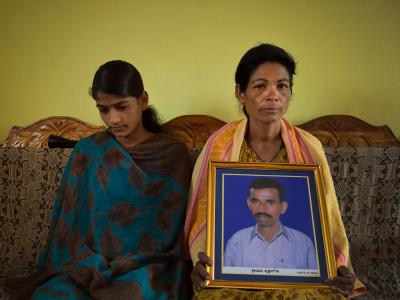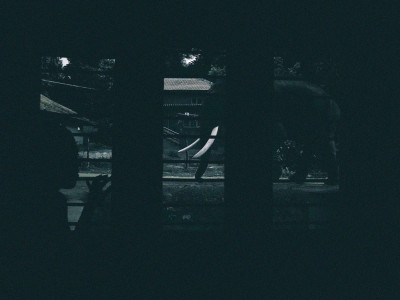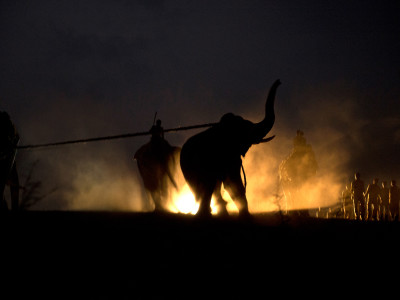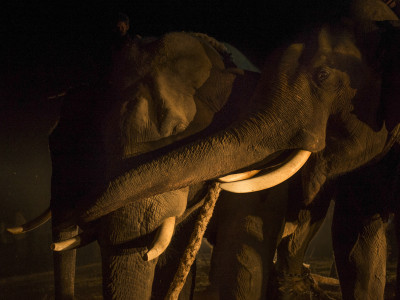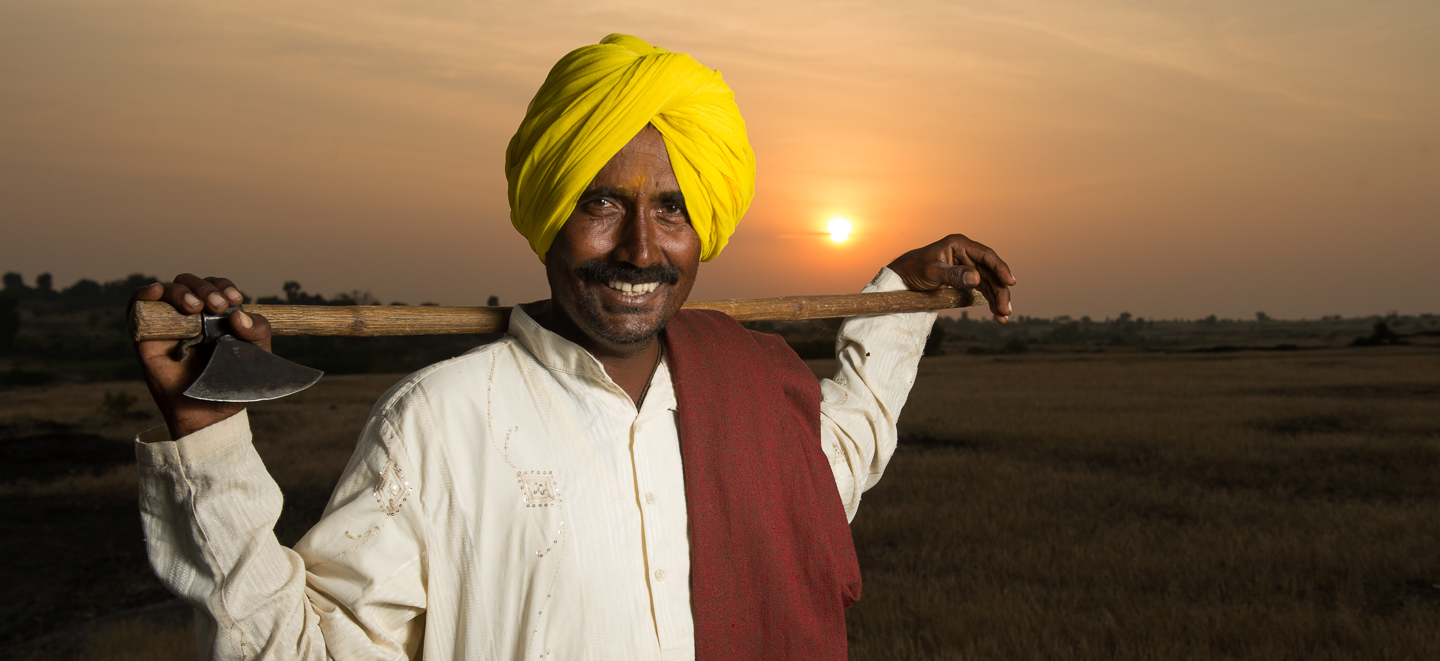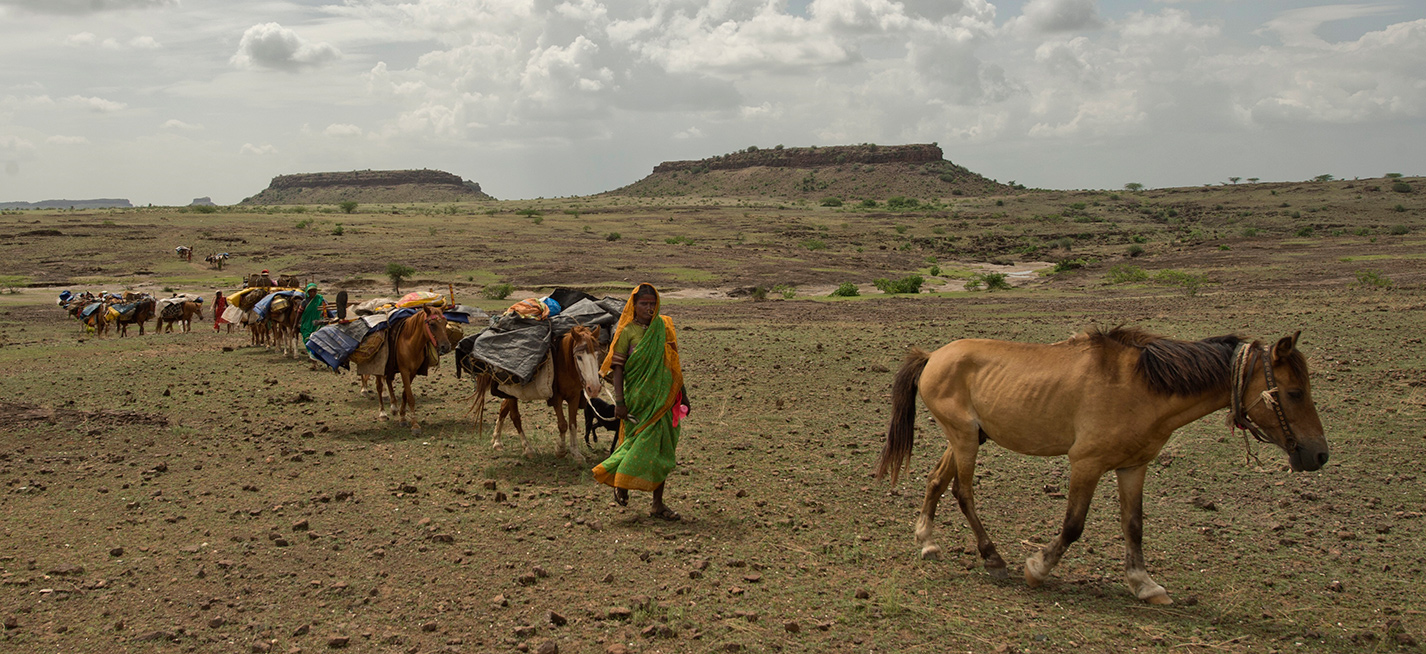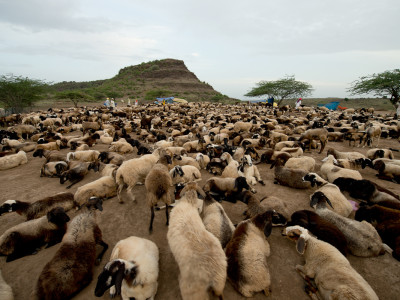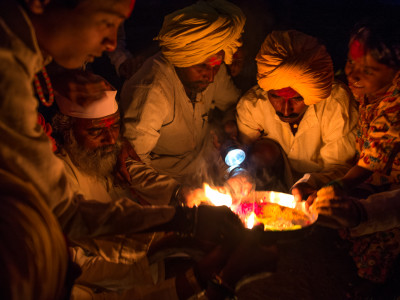Demon or Deity
We share a complex relationship with elephants. We love them, we treat them with the tolerant fondness reserved for family, we worship them as manifestations of our most universal god. When these gods-made-flesh raid our fields, destroy our homes and take our lives, we react with bewilderment. We are reluctant to avenge ourselves, but we seem to have no choice. This duality manifests over a wide geography, from the Western Ghats to northeastern India – a vast battleground in which the clashing interests of people and elephants and officials and NGOs collide. In this series, I will report from this conflict zone where wins and losses are measured in lives lost and taken
Shepherds and Grasslands
In this series, I migrate with one of the last nomadic pastoralists in India, documenting their way of life and in the process better understand how we can save our last grasslands and the wildlife and people that depend on it.


